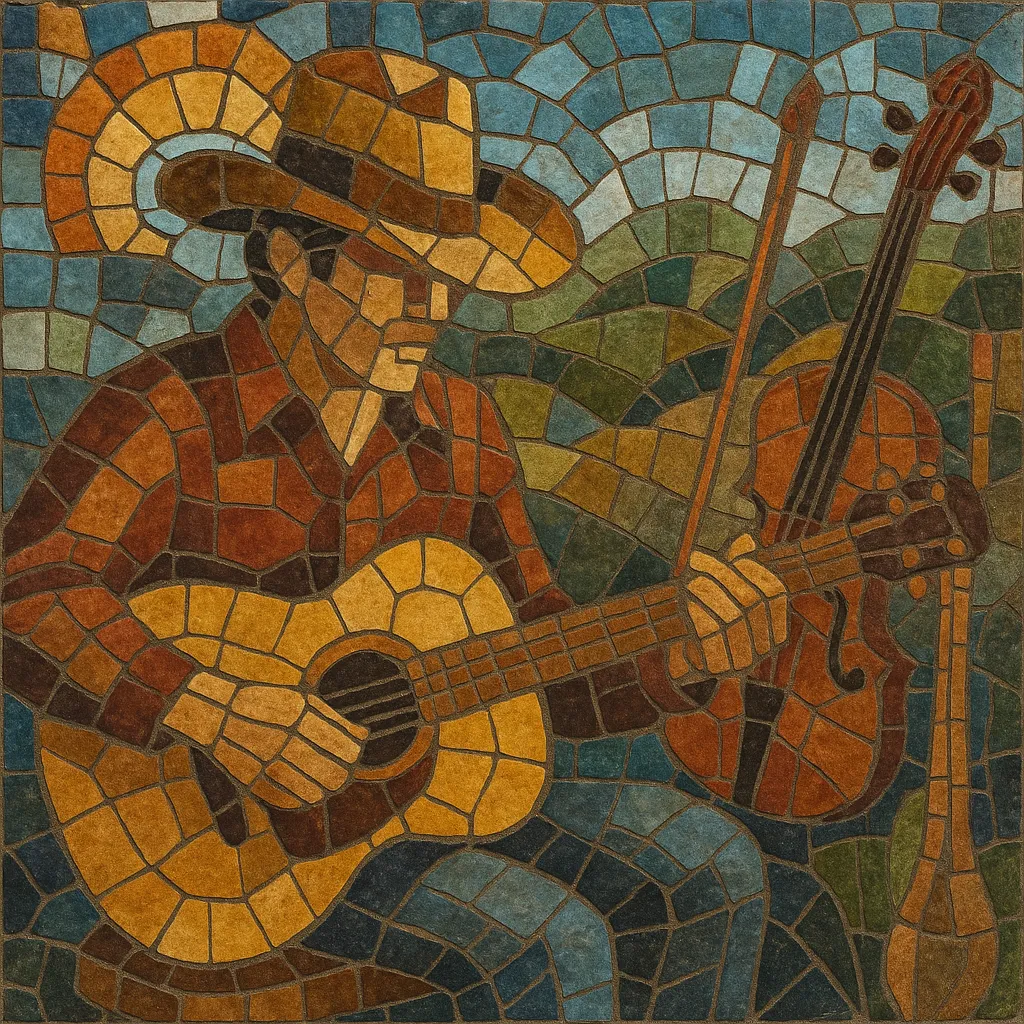
Progressive country is a roots-oriented country movement that emerged as a reaction to the polished Nashville sound, blending honky-tonk, folk singer-songwriter craft, and rock attitude. It champions authenticity, literate storytelling, and live, unvarnished production.
Centered largely in Austin, Texas, the style embraces rock backbeats and blues inflections alongside pedal steel, fiddle, and acoustic guitars. It often carries a countercultural spirit—open to psychedelic touches, extended jams, and broader lyrical themes—yet remains firmly rooted in country song forms and twang.
Progressive country coalesced as musicians pushed back against the string-laden sheen of the Nashville sound and countrypolitan. Drawing on honky-tonk grit, folk’s lyrical depth, and the energy of rock and blues, artists sought more autonomy over writing, bands, and studio decisions. Texas—especially Austin—became the movement’s heartbeat, where clubs and dance halls nurtured a looser, jam-friendly approach.
In the early-to-mid 1970s, Austin’s scene (including venues like the Armadillo World Headquarters and progressive country radio such as KOKE-FM) fostered an eclectic mix sometimes dubbed “cosmic country.” While distinct from Nashville, it overlapped with the rising Outlaw Country movement as artists demanded creative control, favored road-hardened bands, and recorded with a raw, live feel. The result brought literate storytelling into contact with rock backbeats and bluesy Telecaster twang.
As the 1980s progressed, progressive country’s ideals—songwriter-driven narratives, roots instrumentation, and authenticity—flowed into the burgeoning alt-country and Americana movements. Songwriters from Texas and Oklahoma carried the torch, influencing Red Dirt and Texas Country scenes. Its ethos also fed into heartland rock’s blue-collar realism and arrangements grounded in roots music.
The genre’s DNA remains audible across Americana, alt-country, and modern Texas/Red Dirt acts. Contemporary artists continue to fuse country forms with rock textures and honest, writerly lyrics, maintaining the progressive country blueprint: personal stories, rootsy instrumentation, and an independent, self-directed spirit.

